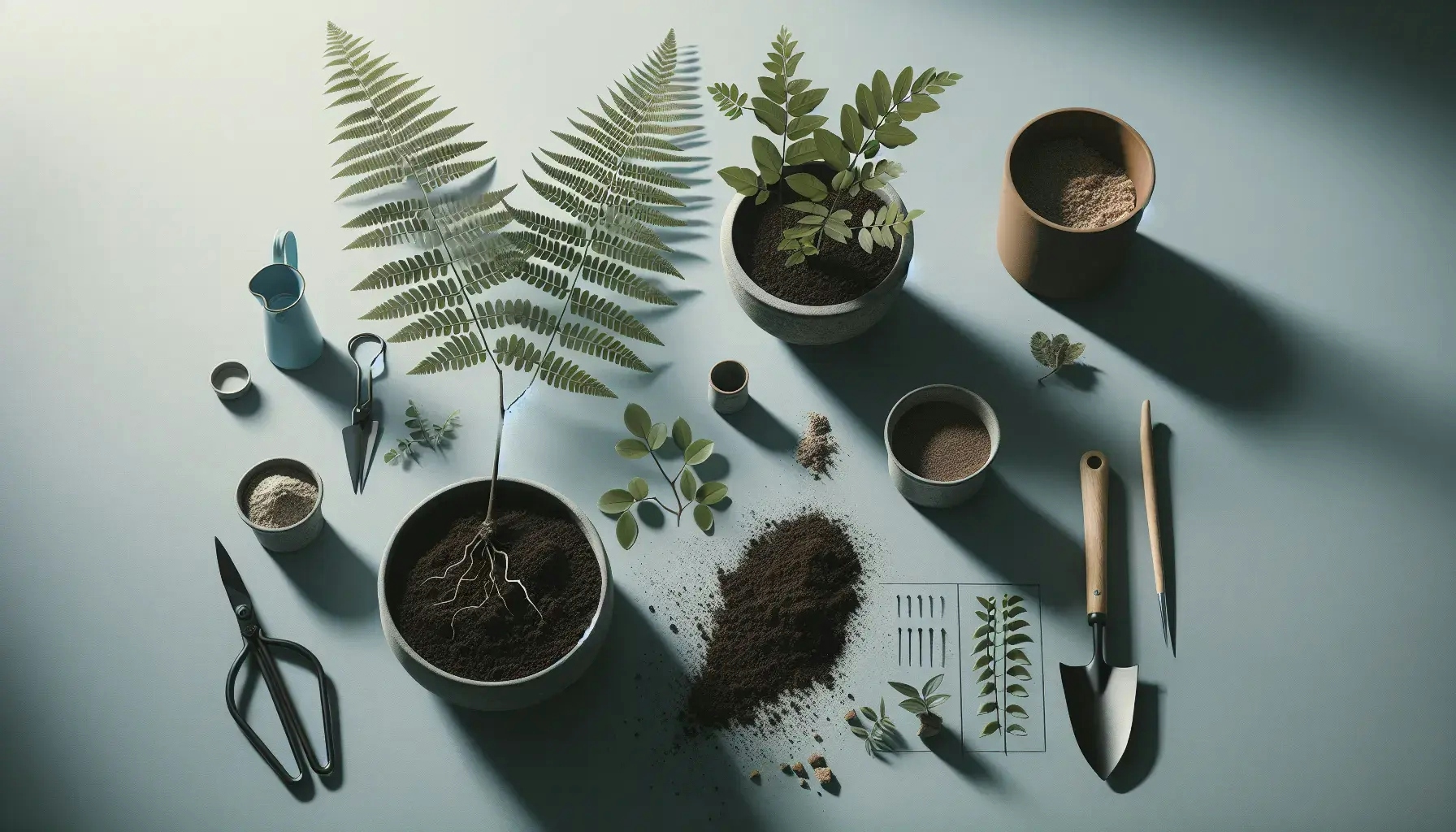Methods to Propagate Plants for Free
Gardening.guru

Welcome to our comprehensive guide on free plant propagation methods. This blog post will take you through the exciting journey of multiplying your plants without spending a dime. Whether you're a seasoned gardener or a beginner, you'll find these techniques easy to understand and implement. Let's dive into the world of plant propagation and discover how you can grow your garden for free!
Understanding Plant Propagation
Plant propagation refers to the process of creating new plants from a variety of sources: seeds, cuttings, bulbs, and other plant parts. It's a fascinating aspect of gardening that allows you to increase your plant collection without additional costs.
The process of plant propagation isn't a one-size-fits-all. Different plants require different propagation methods. Some plants propagate best from seeds, while others do well with cuttings or division. Understanding the specific needs of your plants is crucial to successful propagation.
Let's start with the most common method of plant propagation - using seeds. Many plants naturally reproduce by producing seeds. You can collect these seeds and plant them to grow new plants. It's a straightforward method, but it does require patience as seeds can take time to germinate.
Another popular method is stem cuttings. This involves cutting a piece of the stem from a parent plant and allowing it to root. This method works well for many types of plants, especially those with soft, fleshy stems.
Root cuttings, on the other hand, involve taking a section of the root from a parent plant and planting it. This method is less common but can be effective for certain types of plants.
Lastly, there's division. This method involves splitting a plant into two or more parts, each with its own root system. It's a great way to propagate perennials and some types of houseplants.
Propagating Plants from Seeds
Propagating plants from seeds is a simple and cost-effective method. It's a natural process that mimics how plants reproduce in the wild.
To propagate plants from seeds, you first need to collect seeds. You can do this by allowing a flower to mature and produce seeds, then collecting them once they're ready. Once you have your seeds, you can plant them in a seed-starting mix and wait for them to germinate.
It's important to note that not all seeds will germinate, and not all germinated seeds will grow into healthy plants. It's a numbers game, so don't be discouraged if not all your seeds sprout.
Remember to provide your seeds with the right conditions to germinate. Most seeds need warmth and moisture to sprout, but some also require light. Make sure to research the specific needs of the seeds you're trying to germinate.
Propagating Plants from Cuttings
Propagating plants from cuttings is another popular method. It involves taking a cutting from a parent plant and encouraging it to develop its own root system.
To propagate plants from cuttings, you first need to take a cutting from a parent plant. This should be a healthy piece of stem with at least two nodes (the points where leaves attach to the stem). Once you have your cutting, you can place it in water or a rooting medium to encourage root growth.
It's important to keep your cuttings in a warm, humid environment while they're rooting. You can achieve this by covering your cuttings with a plastic bag or placing them in a mini greenhouse.
Remember to change the water regularly if you're rooting your cuttings in water. If you're using a rooting medium, keep it moist but not waterlogged.
Propagating Plants from Division
Propagating plants from division is a great method for perennials and some types of houseplants. It involves splitting a plant into two or more parts, each with its own root system.
To propagate plants from division, you first need to remove the plant from its pot. Then, you can gently separate the plant into two or more parts, making sure each part has its own root system. Once you've divided your plant, you can pot each part in its own pot.
It's important to note that not all plants respond well to division. Some plants, especially those with a single stem, may not survive the process. Always research your specific plant before attempting division.
Propagating Plants from Layering
Layering is a less common but still effective method of plant propagation. It involves encouraging a stem to develop roots while it's still attached to the parent plant.
To propagate plants from layering, you first need to select a healthy stem that's close to the ground. Then, you can make a small cut in the stem and bury it in soil, leaving the tip of the stem exposed. Over time, the buried part of the stem will develop roots.
It's important to keep the soil moist while the stem is rooting. Once the stem has developed a good root system, you can cut it from the parent plant and pot it up.
Tips for Successful Plant Propagation
Plant propagation can be a rewarding process, but it does require patience and care. Here are some tips to help you succeed.
Firstly, always use healthy parent plants. Sick or stressed plants are less likely to produce successful propagations.
Secondly, provide the right conditions for your propagations. This includes the right temperature, humidity, and light levels.
Thirdly, be patient. Propagation can take time, and not all your attempts will be successful. Don't be discouraged if some of your propagations fail.
Lastly, experiment with different methods. Different plants respond better to different propagation methods, so don't be afraid to try something new.
Wrapping Up: Free Plant Propagation Methods
Plant propagation is a fascinating aspect of gardening that allows you to multiply your plants for free. Whether you're propagating from seeds, cuttings, division, or layering, the process can be rewarding and fun. Remember to use healthy parent plants, provide the right conditions, be patient, and don't be afraid to experiment. Happy propagating!